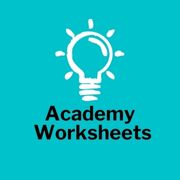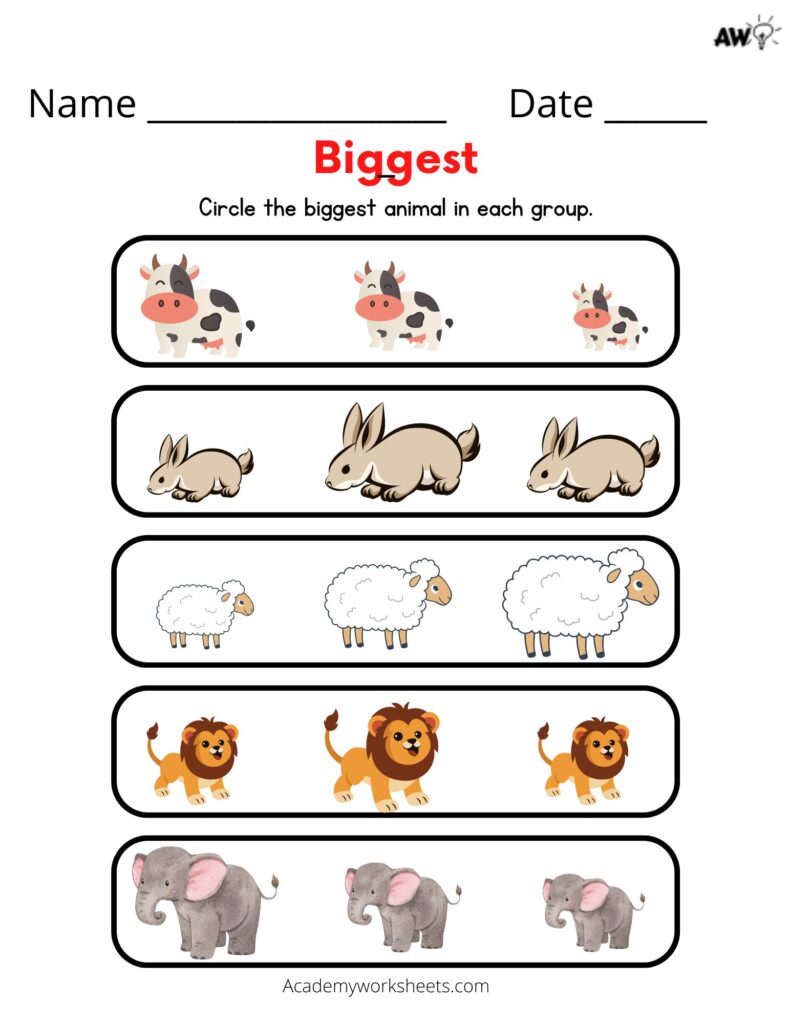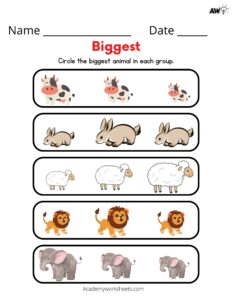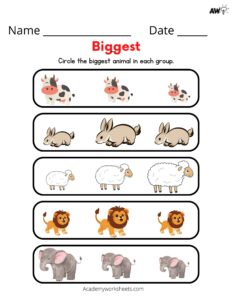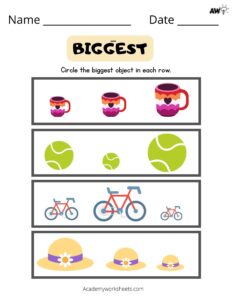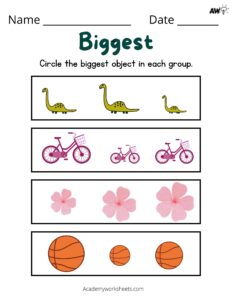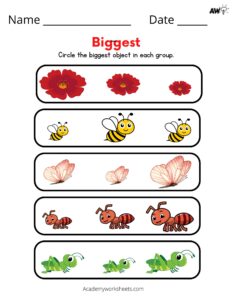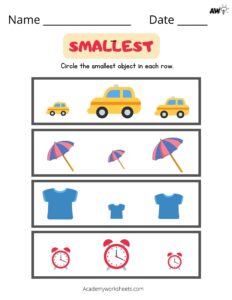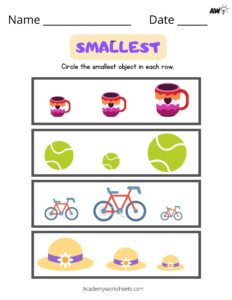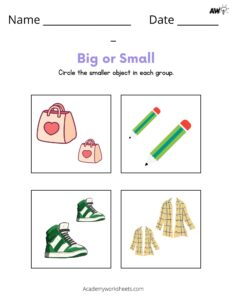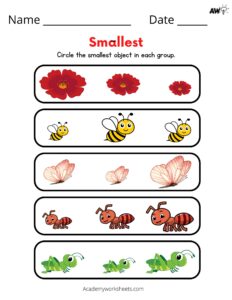Big and Small Worksheets
Big and Small Worksheets involves comparing the size of objects. When looking at big items you are comparing big, bigger, and biggest. This is a way to describe the relative size of objects or concepts. “Big” typically means larger than average, “bigger” means larger than the comparison, and “biggest” means larger than all other comparisons.
Comparing small, smaller, and smallest is a way to show the relative size of objects or things. Small refers to something that is not big or is of a size that is less than average. Smaller means something that is smaller in size than what is already small. Smallest is the superlative form of small and refers to the size that is smallest of all. Therefore, when comparing small, smaller, and smallest, we are comparing the degrees of smallness among objects or things.
How to Teach Big and Small as Compared to Other Objects?
To teach big and small as compared to other objects, you can use visual aids such as pictures or objects of different sizes. You can also use words like “bigger” and “smaller” to describe the differences in size. Encourage the student to compare and contrast different objects and identify which ones are bigger or smaller. Finally, you can use worksheets or activities that involve sorting objects by size to reinforce the concept.
Worksheets to teach big and small are beneficial because they help children develop their understanding of these concepts. By completing worksheets, children are able to visually compare the sizes of different objects and gain a better understanding of what “big” and “small” mean. This knowledge is important in many areas of life, such as when measuring ingredients for cooking or understanding sizes and proportions in art and design. Additionally, worksheets can help children develop their fine motor skills by practicing writing and drawing.
